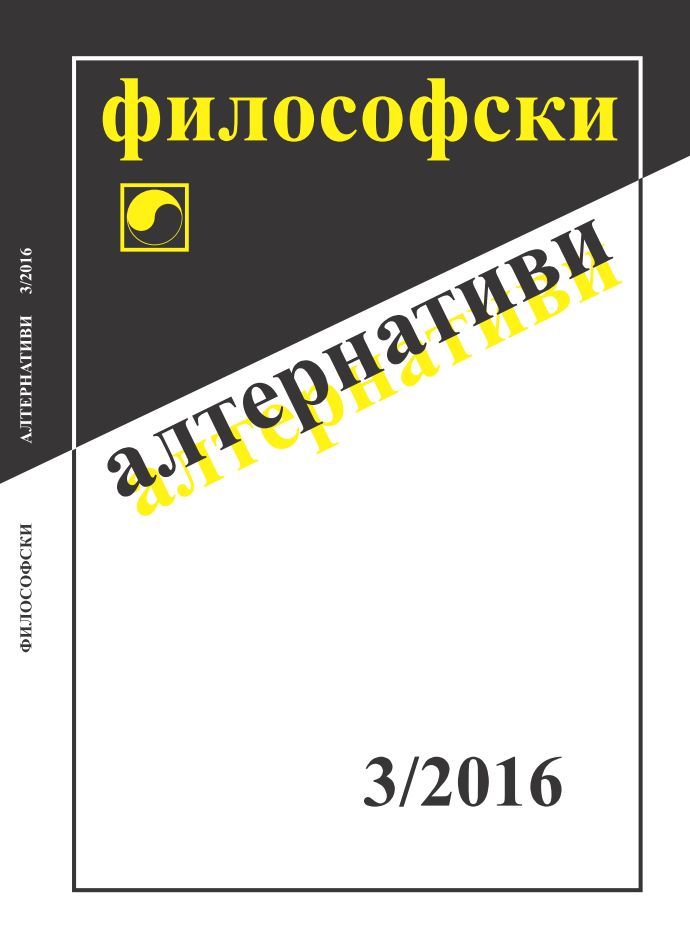ЛИТЕРАТУРНАТА ИГРА, или как играе юношеско-приключенската литература
HERMENEUTICS OF LITERARY PLAYING, or How Juvenile Adventure Literature Plays
Author(s): Plamen AntovSubject(s): Anthropology, Aesthetics, Comparative Study of Literature, Bulgarian Literature, Theory of Literature
Published by: Институт по философия и социология при БАН
Keywords: child play; juvenile-adventure literature; heterotopia; reality–fancy; “wild”/child conscious; philogenetic savage – ontogenetic child; pedagogic; imitation; school
Summary/Abstract: The first basic these which the study launches (and from which starts) is about the play as heterotopia. This characteristic draws closer it to the ethos of the adventure, resp. to the juvenile-adventure novel. The play is determined as a specific machine for production of quasi-reality. The important role of the language in the fictional literature for moulding of the inner mental space of the play as a heterotopia is investigates.Other accent is namely the inner modus of the play, its imitative essence: the playing child usually imitates a book (film): (…lets we play of Mayne Reid). The substantial duality of this “inner” heterotopic space (of the playing child) is considered: it is unconflicting divided between reality and fancy. – This feature allied it deeply to basic characteristics of the mythical, “wild” (Lévi-Strauss) conscious. …Further the article as a “hermeneutic of the play” starts to investigate some common essential characteristics to infantile and primitive conscious in ethno-cultural and psychological aspect. Lots of examples from juvenile-adventure literature are given and paralleled with the experience of the “terrain” and academic anthropology, as well as with the child psychology. This second chapter of the study aims to trace out the large-scale logic of an identity (marked in the heading) through the key role of the play sharing commonly pedagogical treatment of the play 1) as a specific role activity and 2) as a social system. And besides proceeding from an essence bimodality of the play – its dividing between “exterior”, social, and “interior”, psychological aspect. Namely, here, in relations between social and psychological aspects, the deep descent of the play as a socio-cultural phenomenon leading far back and deep down into the pre-cultural, biological heritage of the man, are discussed. The stadial identical figures of the philogenetic savage and ontogenetic child are interpreted as a most direct bridge between the social and biological spheres, between culture and nature. And the play is that action, simultaneously “interior”, psychical, and exteriored in social sphere, which makes the specific zone of identity-and-difference between the two spheres especially visible.
Journal: Философски алтернативи
- Issue Year: XXV/2016
- Issue No: 3
- Page Range: 108-139
- Page Count: 32
- Language: English, Bulgarian
- Content File-PDF

